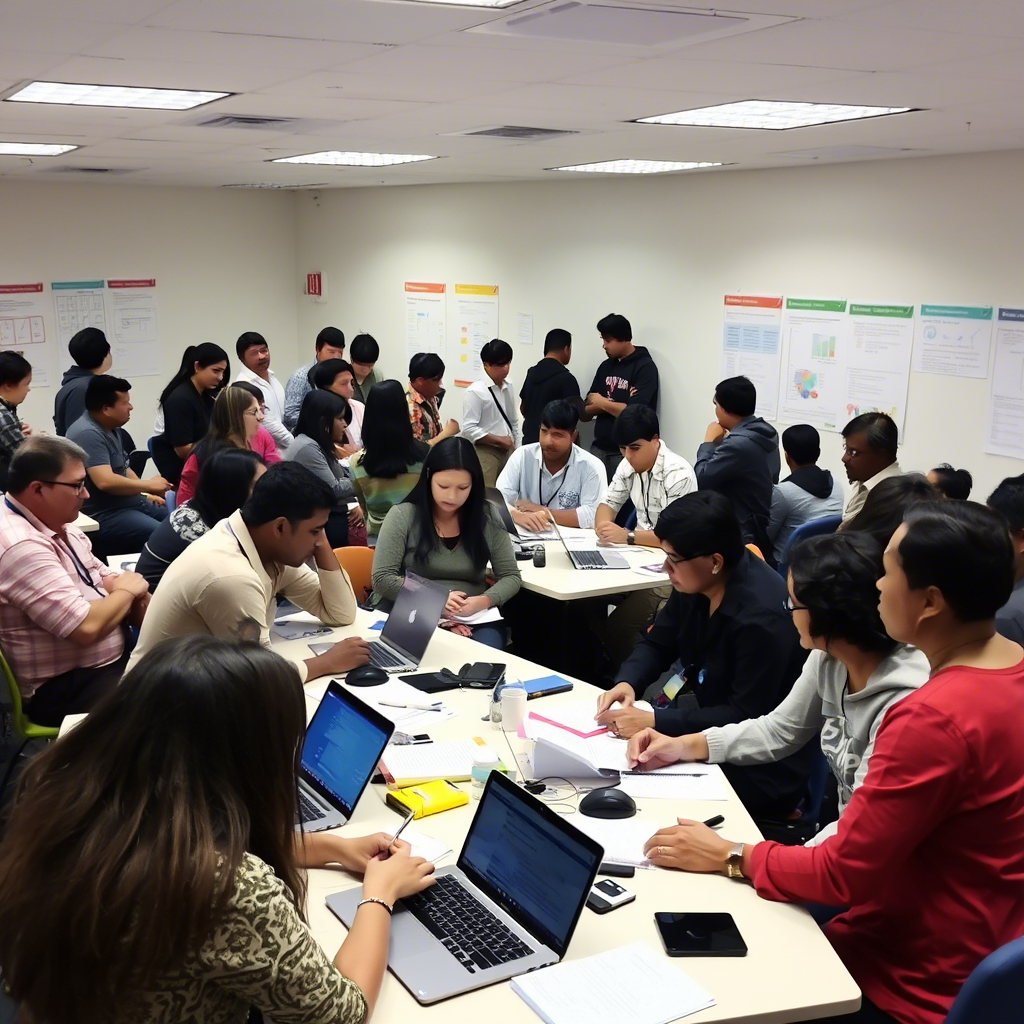Today’s employees want more than salaries and perks, they want to feel that their organization cares about them as a person. Yet, rising burnout rates, chronic illnesses, and evolving work trends show that many workplaces still struggle to provide true wellbeing.
The Silent Burnout Epidemic
The Problem:
An IT firm noticed an alarming turnover rate. Exit interviews revealed a recurring theme, employees were constantly exhausted, anxious, and disengaged.
What’s Really Happening:
The company had adopted a “hustle” culture. Long hours were celebrated, but rest, mental health support, and workload balance were ignored. Employees feared asking for help because it might signal weakness.
Solution in Action:
A European tech company facing a similar problem introduced:
-
Mandatory “No-Meeting Fridays” to allow deep work or rest
-
Mental health days separate from sick leave
-
Free access to therapy and stress management workshops
Result: Within 12 months, absenteeism dropped by 23%, and employee satisfaction scores rose by 35%.
Chronic Illness & Workplace Blind Spots
The Problem:
A large manufacturing plant had a high rate of absenteeism due to chronic illnesses like diabetes and hypertension.
What’s Really Happening:
Workplaces often ignore lifestyle diseases until they affect performance. In this plant, long shifts, poor canteen food, and no exercise breaks contributed to worsening health.
Solution in Action:
One multinational in Singapore addressed this by:
-
Offering on-site health check-ups every quarter
-
Introducing healthy canteen menus
-
Organizing 15-minute walking breaks twice a day
Result: Healthcare costs for the company dropped by 17%, and employee energy levels improved.
Remote Work Isolation
The Problem:
A financial services firm with a hybrid model noticed remote employees reporting higher stress and lower connection with their teams.
What’s Really Happening:
While remote work offers flexibility, it can also lead to social isolation and blurred work-life boundaries.
Solution in Action:
A consulting firm implemented:
-
Virtual coffee chats pairing random employees weekly
-
Clear “offline hours” policies to prevent overwork
-
Quarterly in-person retreats to strengthen team bonds
Result: Employee engagement scores increased by 40%, and retention improved.
The “We Value You” Gap
The Problem:
An HR survey at a global retail chain found employees didn’t feel valued even though the company provided bonuses and paid holidays.
What’s Really Happening:
Perks don’t equal emotional care. People want genuine recognition, empathy, and career growth, not just financial rewards.
Solution in Action:
A retailer tackled this by:
-
Training managers in emotional intelligence
-
Recognizing employees in public forums
-
Giving personalized growth opportunities instead of generic training
Result: Loyalty scores went up, and the company reduced voluntary resignations by 19%.
Key Takeaways for Companies
Based on these real-life scenarios, here’s what organizations can do immediately to foster wellbeing:
Make Mental Health Non-Negotiable
-
Provide access to professional counseling
-
Normalize mental health conversations at work
Support Physical Wellbeing
-
Offer flexible work hours for fitness or rest
-
Promote healthy eating in the workplace
Create a Culture of Recognition
-
Regularly appreciate contributions, big or small
-
Make feedback constructive and supportive
Encourage Work-Life Balance
-
Set clear boundaries for working hours
-
Encourage employees to fully disconnect during time off
Listen, Then Act
-
Conduct anonymous surveys
-
Follow through with real changes, not just promises
Why This Matters for Businesses
When companies invest in employee wellbeing:
-
Productivity soars: Energized employees work smarter, not just harder
-
Loyalty grows: People stay longer in places where they feel cared for
-
Brand image improves: Happy employees become your strongest advocates
According to the World Economic Forum, organizations that prioritize health and wellbeing see higher returns on investment not just financially, but in innovation, customer satisfaction, and community trust.
The Human Edge
In the end, thriving workplaces are not built solely on targets and KPIs they are built on human care. When employees believe their organization sees them as people first and workers second, the benefits ripple across productivity, loyalty, and overall business success.
It’s time for companies to ask: “Do our people feel cared for?” If the answer is no, the time to act is now.



